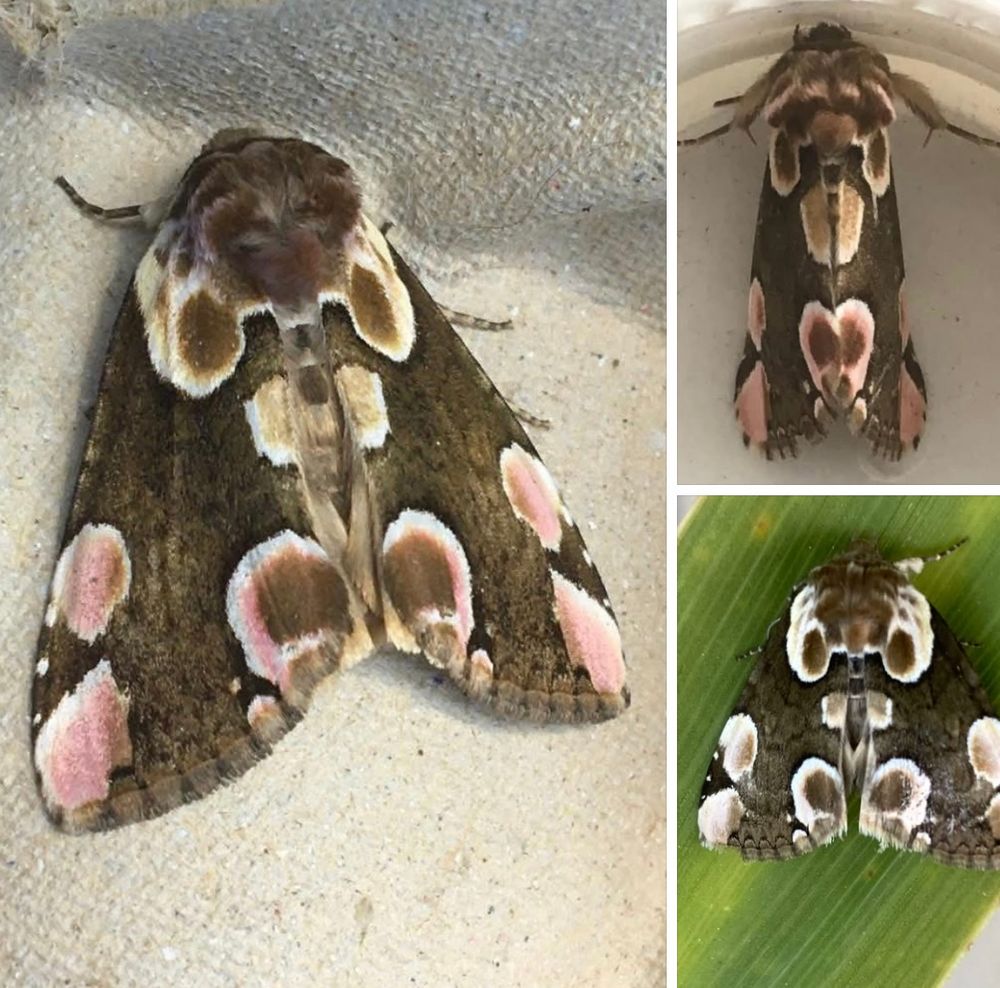
Larval food plant for Mullein and Cinnabar caterpillars



Larval food plant for Mullein and Cinnabar caterpillars



Does anyone know the purpose/function/advantage of having hairs on alternating sides of the stem? I’m intrigued 🤔Thanks



Does anyone know the purpose/function/advantage of having hairs on alternating sides of the stem? I’m intrigued 🤔Thanks
























I shall be making a series of posts highlighting a variety of species associated with it.

I shall be making a series of posts highlighting a variety of species associated with it.


Sprawling. Leaves to 10mm, oblong-oval with dark glands along edges. Bright yellow flowers to 12mm. Sepals slightly shorter than petals & unequal in size. Petals & sepals have black glands on margins


Sprawling. Leaves to 10mm, oblong-oval with dark glands along edges. Bright yellow flowers to 12mm. Sepals slightly shorter than petals & unequal in size. Petals & sepals have black glands on margins

Up to 80cm. Tufted. Dark, smooth, bristle-like leaves. Blunt ligules, 0.5-3mm. Loose, open panicles, up to 15cm long. Crinkled branches. 2-flowered spikelets.




Up to 80cm. Tufted. Dark, smooth, bristle-like leaves. Blunt ligules, 0.5-3mm. Loose, open panicles, up to 15cm long. Crinkled branches. 2-flowered spikelets.

